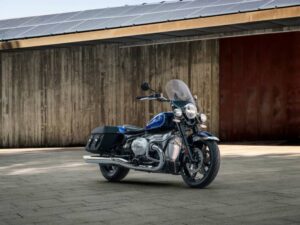Junkyard Gem: 1980 Honda Accord Sedan
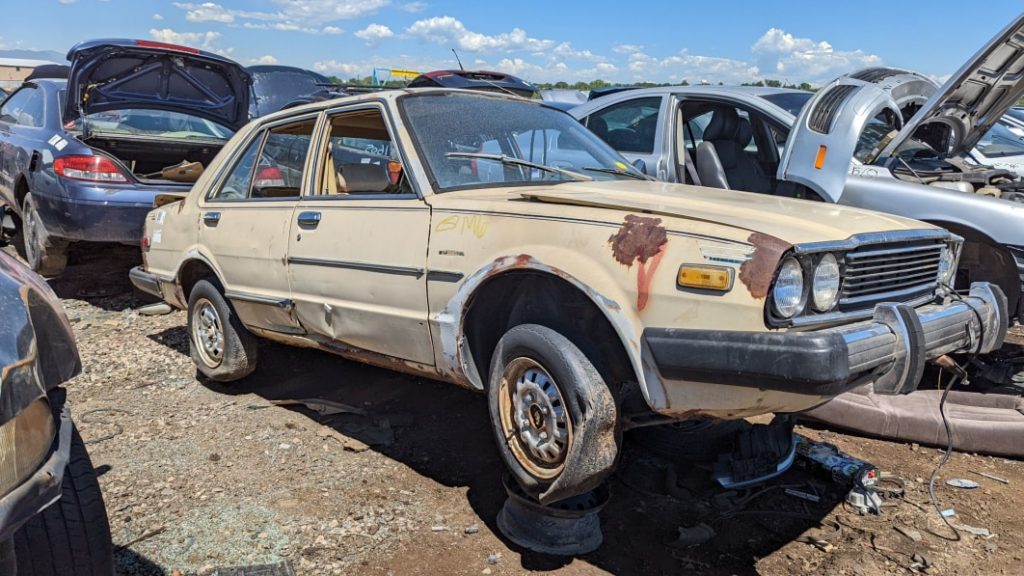
In 1975, Toyota, Mazda and Datsun each offered Americans four different car models. Even Fiat had three different models to sell here that year, but the only car American Honda dealers carried at that time was the Civic. The following model year, Honda introduced a brand-new car that was bigger, better-equipped, and more powerful than the tiny Civic: the Accord. Those first-generation 1976-1980 Accords sold like mad, turning the America Honda Motor Company into a major automotive player on our shores. Here’s one of those history-laden Accords, finally retired at age 42 in a Denver self-service car graveyard.
Related: 2023 Honda Accord first look
For the first couple of years, the Accord was available here just as a three-door hatchback. For 1978, the Accord four-door sedan appeared, ready to do battle with cramped rear-wheel-drive four-doors.
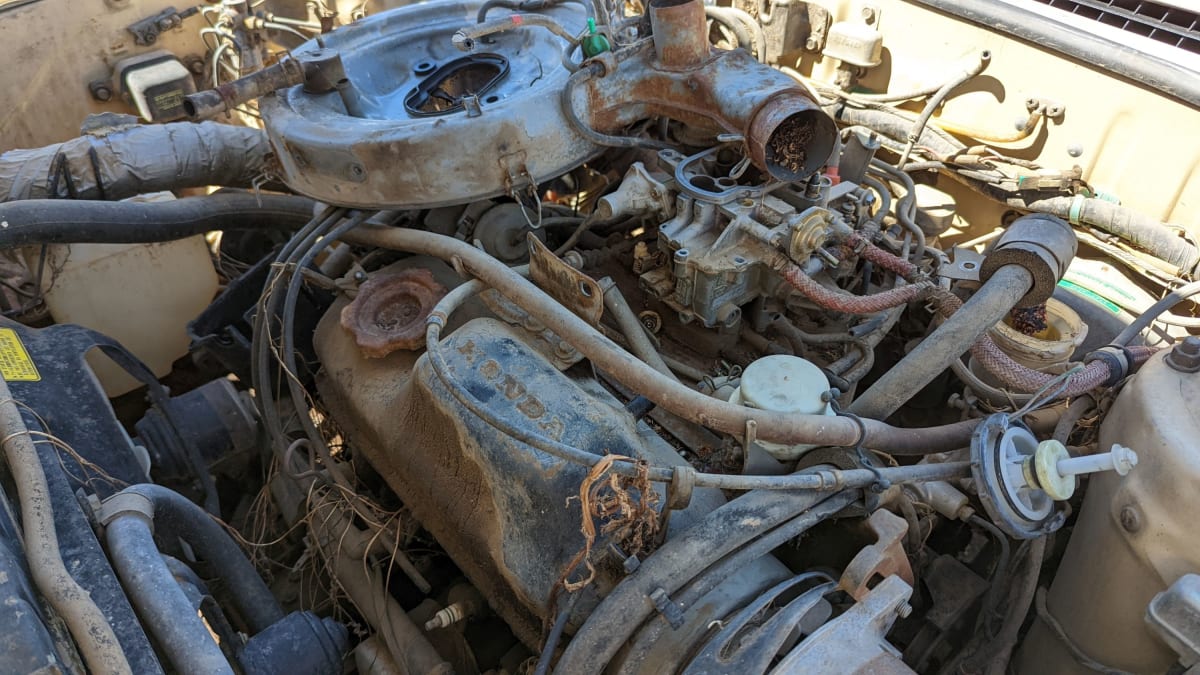
The first-generation Accords were powered by Honda’s CVCC-equipped E-series four-cylinder engines. This one has a 1.75-liter version, sending 72 horsepower to the front wheels. That doesn’t sound like much, but this car’s curb weight was a mere 2,130 pounds (about the same as a new 78-horse Mitsubishi Mirage and about 1,000 pounds lighter than the 2022 Accord). By 1980 standards, the Accord was reasonably quick.
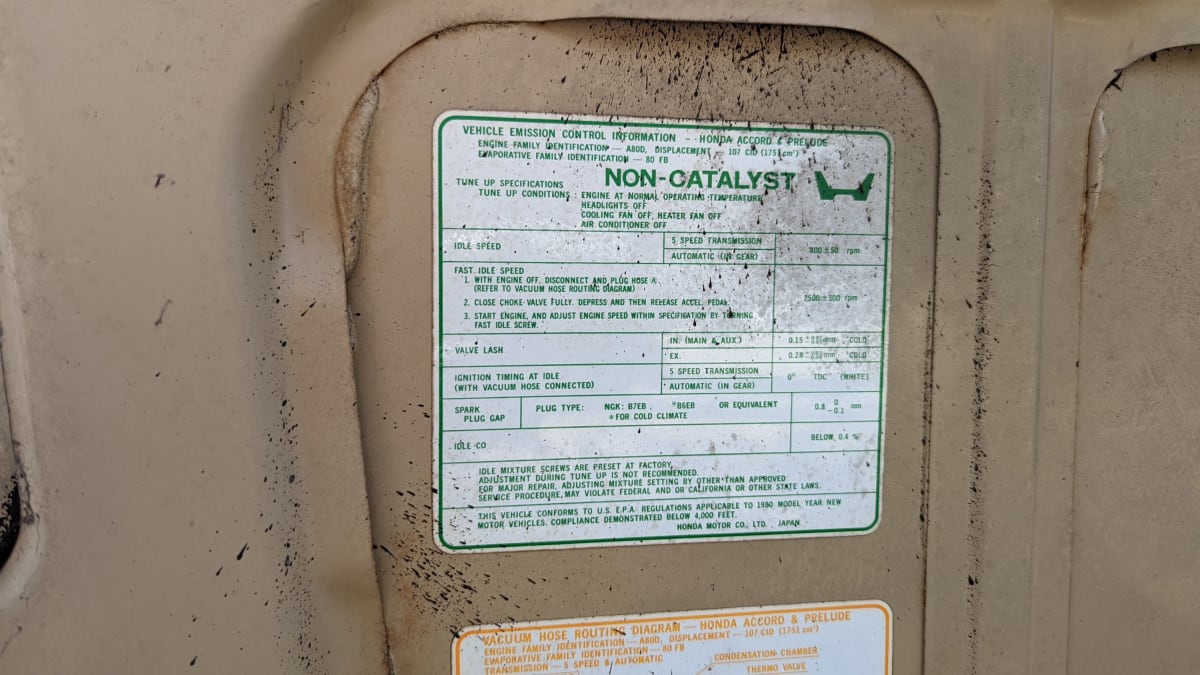
The CVCC system ran so clean that Honda didn’t need to put a catalytic converter on this car. That meant that 1980 Accord owners could run cheap leaded gas (which remained available for on-highway use here through 1995). This is a 49-state car, not legal for sale new in California or at elevations above 4,000 feet (1,280 feet lower than the car’s current parking spot).
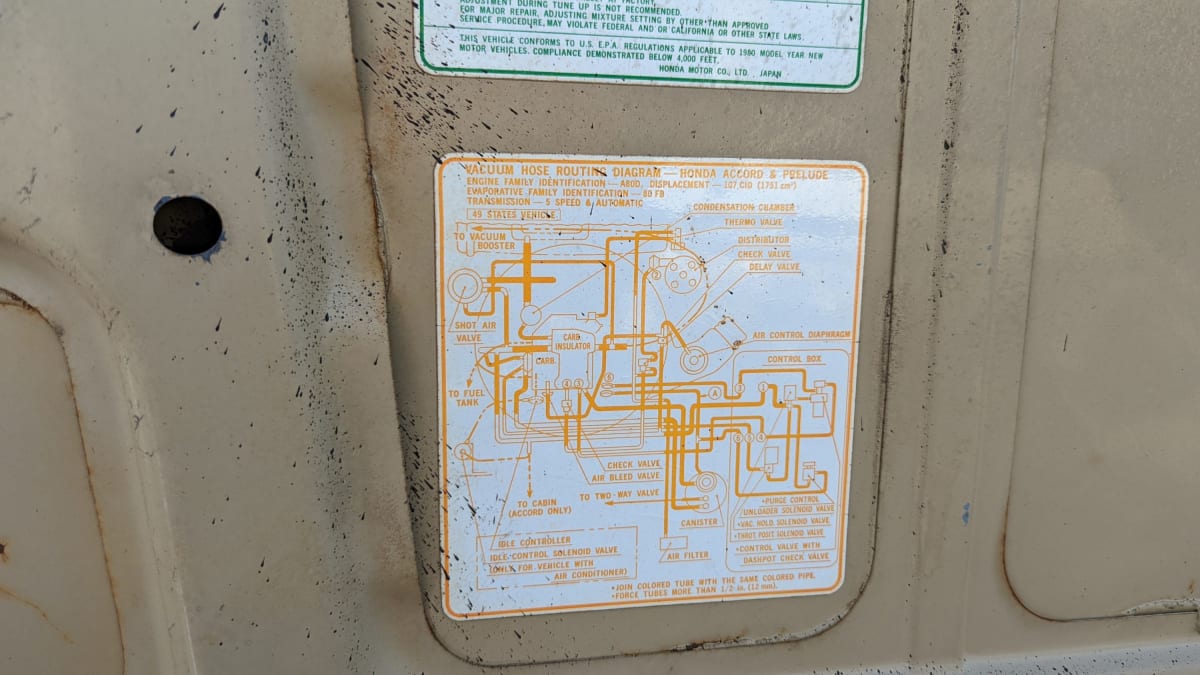
The CVCC system, which involved separate rich/lean combustion chambers and a puzzling two-in-one carburetor, became unworkably complex by the middle 1980s. In 1980, the vacuum-hose tangle hadn’t become too intimidating (compared to the “Map of the Universe” rigs of 1985). CVCC was still the envy of the automotive world, though electronic fuel injection would soon shove it aside.
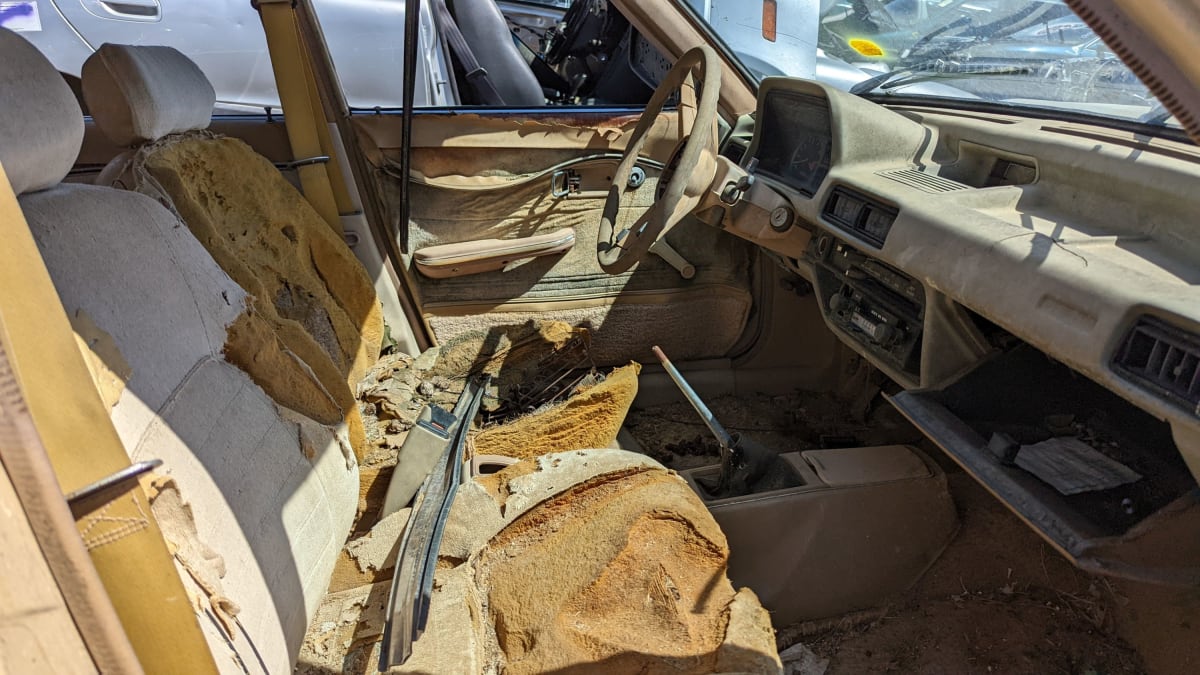
You wouldn’t know it from this car, which baked in the sun for decades before coming here, but the first-generation Accord’s interior was very nice for one found in such an affordable car.
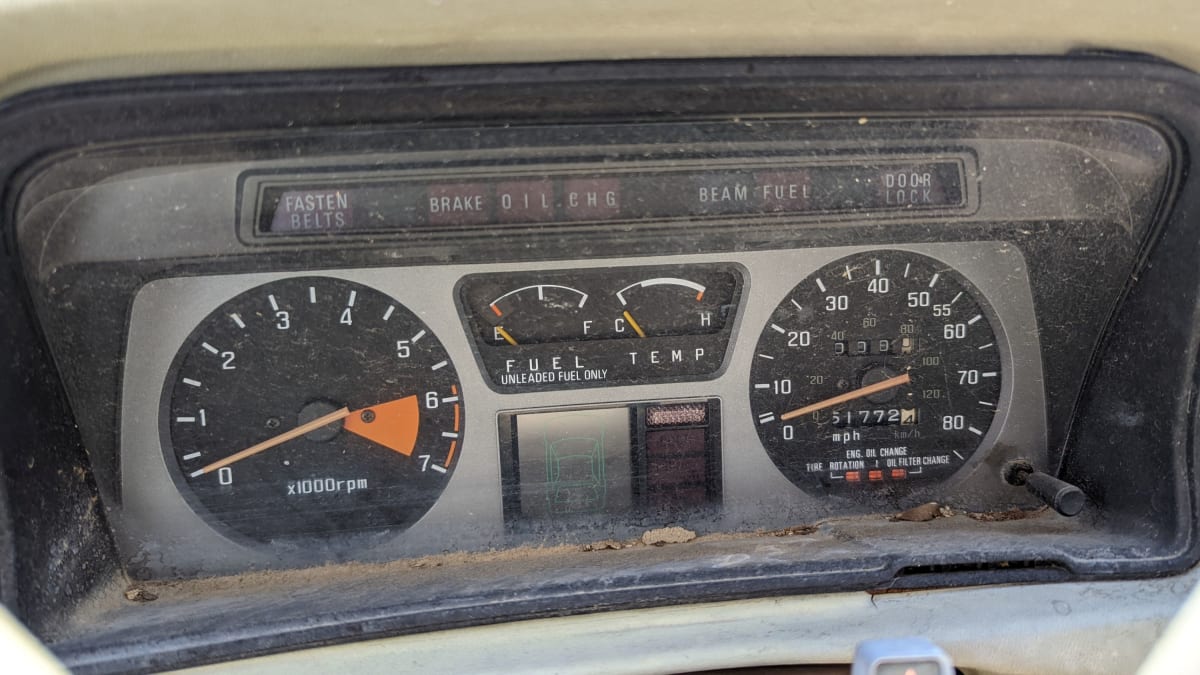
The 1980 Accord sedan’s list of standard features was impressive for the time. Power steering, tachometer, clock, trip odometer, intermittent wipers, tinted glass, remote side mirror, and tinted glass were all included at no extra cost. Those orange rectangles below the odometer are the maintenance-reminder indicators, which the shop was supposed to reset after servicing (few did).
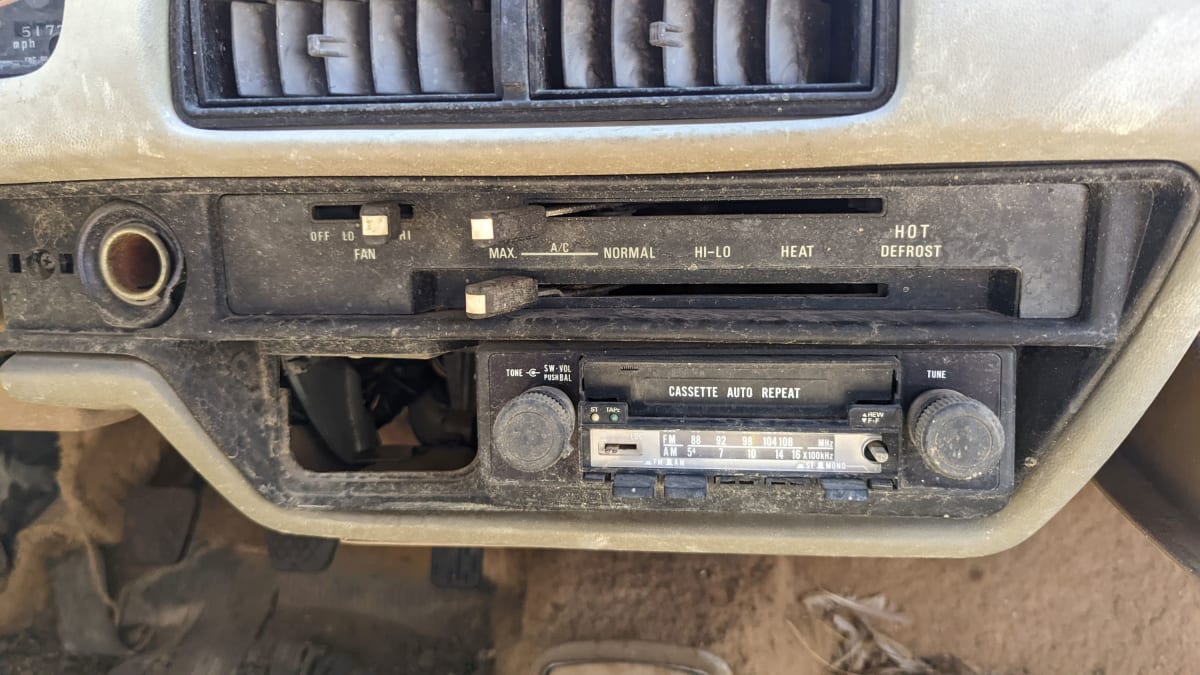
This one even has air conditioning and what may be the original AM/FM/cassette radio.
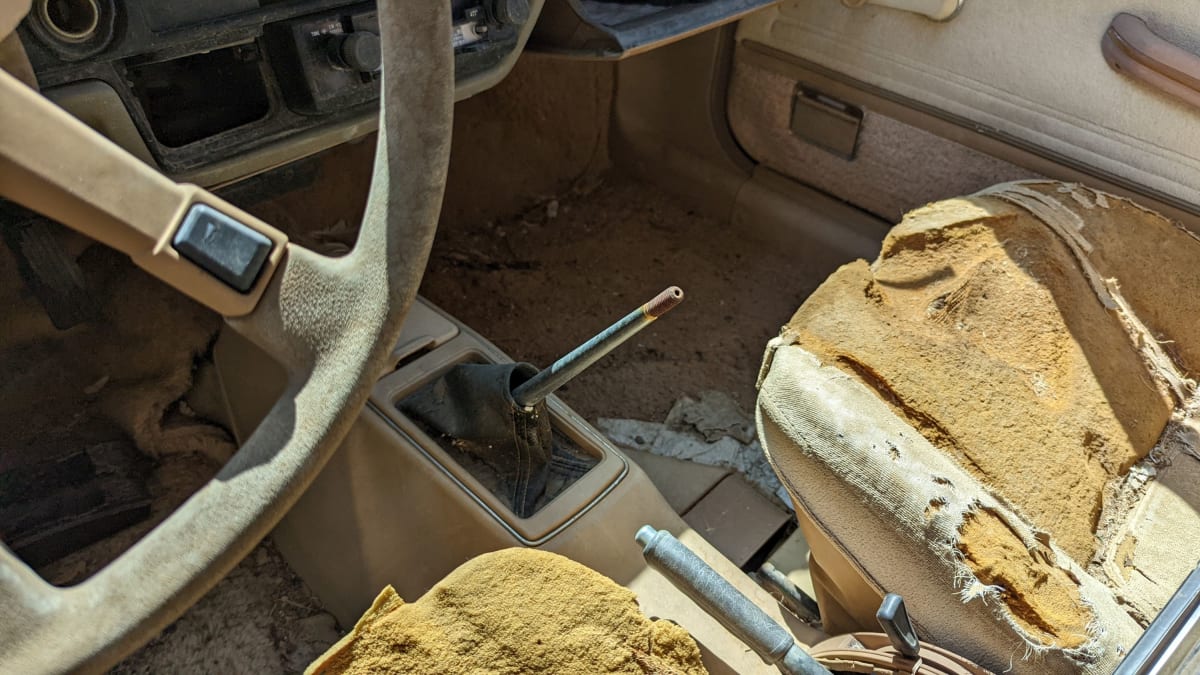
A five-speed manual transmission — reasonably sporty hardware for 1980 — was standard equipment, and that’s what’s in this car. The weird two-speed Hondamatic transmission was still offered, though Honda introduced a true three-speed automatic in the Accord that year (new Civics with Hondamatics were available here all the way through 1983).
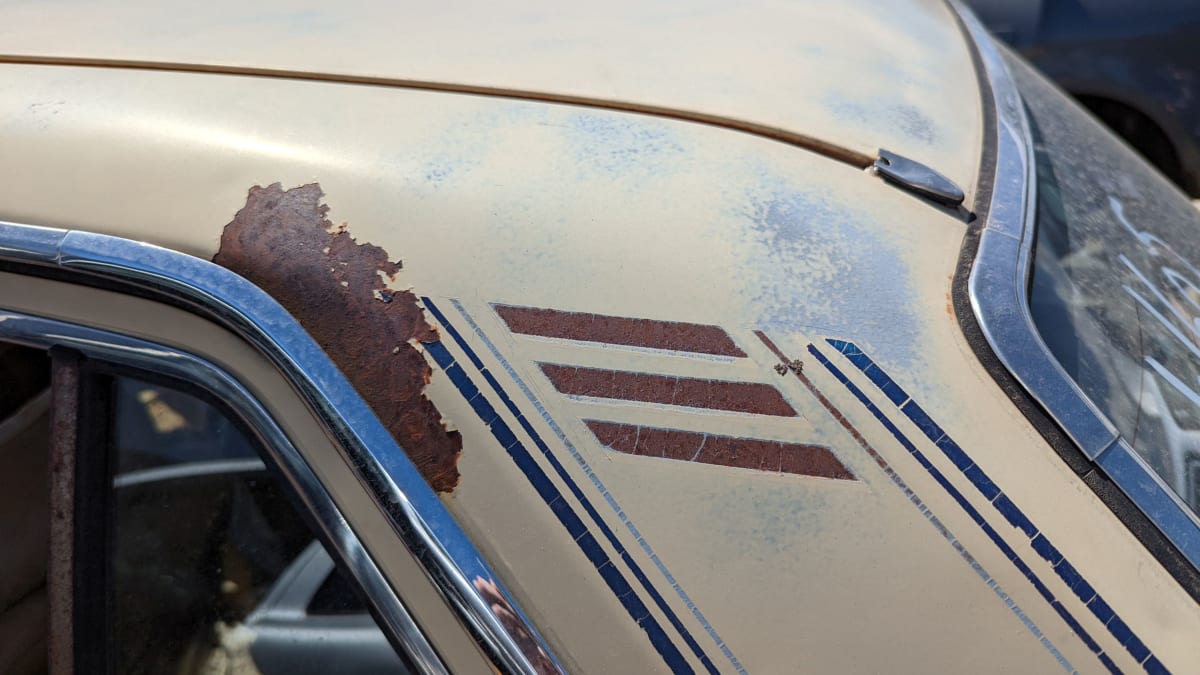
This pinstriping appears to have been applied early in the car’s life. I’m pretty sure it wasn’t a factory option.
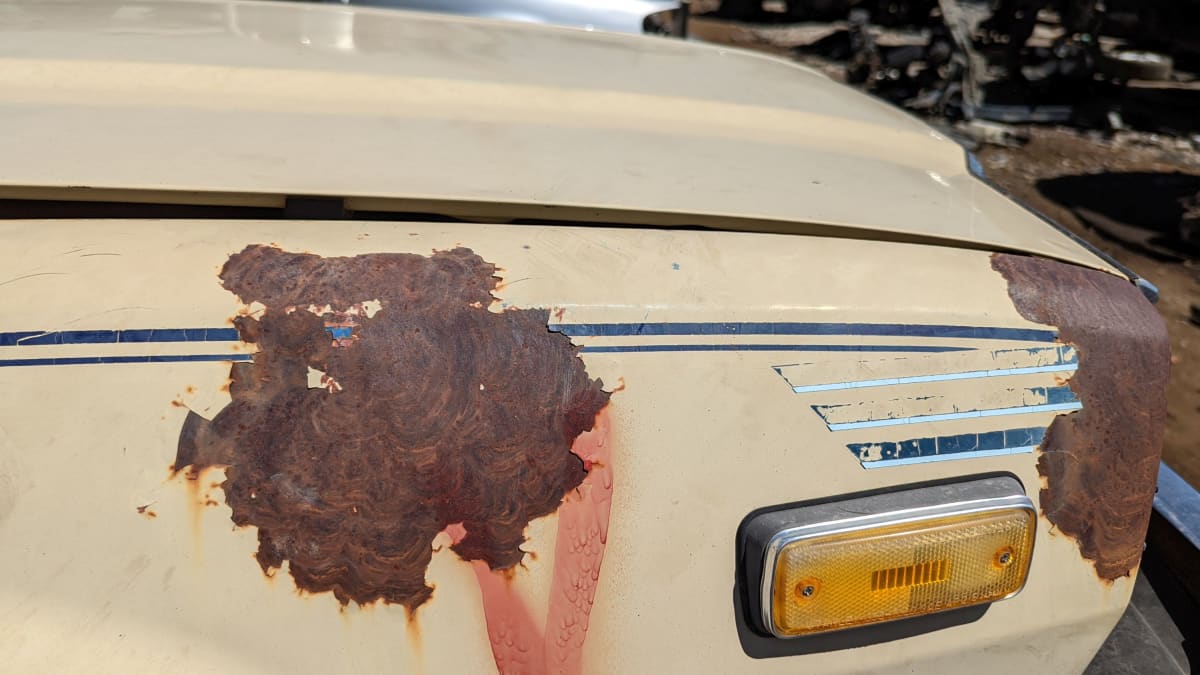
These cars were extremely rust-prone, though this once doesn’t have horrible rot in the usual places. The sun burned the paint off in spots and rain and snow did their work while this car sat in a field or driveway for at least 20 years.
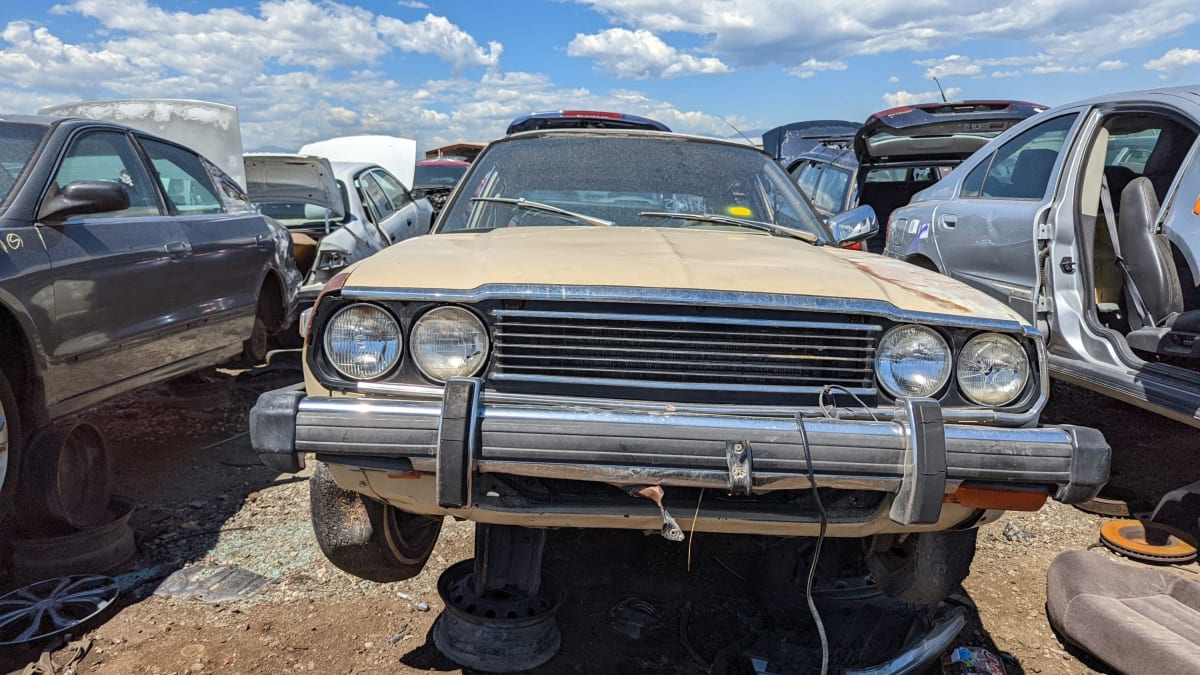
The MSRP on this car was $6,515, or about $24,810 in 2022 dollars. The Volkswagen Dasher (known as the Passat elsewhere at the time) was the 1980 competitor most mechanically similar to the Accord, and it cost $7,790 for a five-door hatchback. Toyota’s Corolla sedan was a bit smaller and its rear-wheel-drive layout gave it a claustrophobia-inducing interior, but you could buy it for just $4,298. Meanwhile, the roomier Chevy Citation compact sedan could be purchased for just $5,378 with a V6 engine.
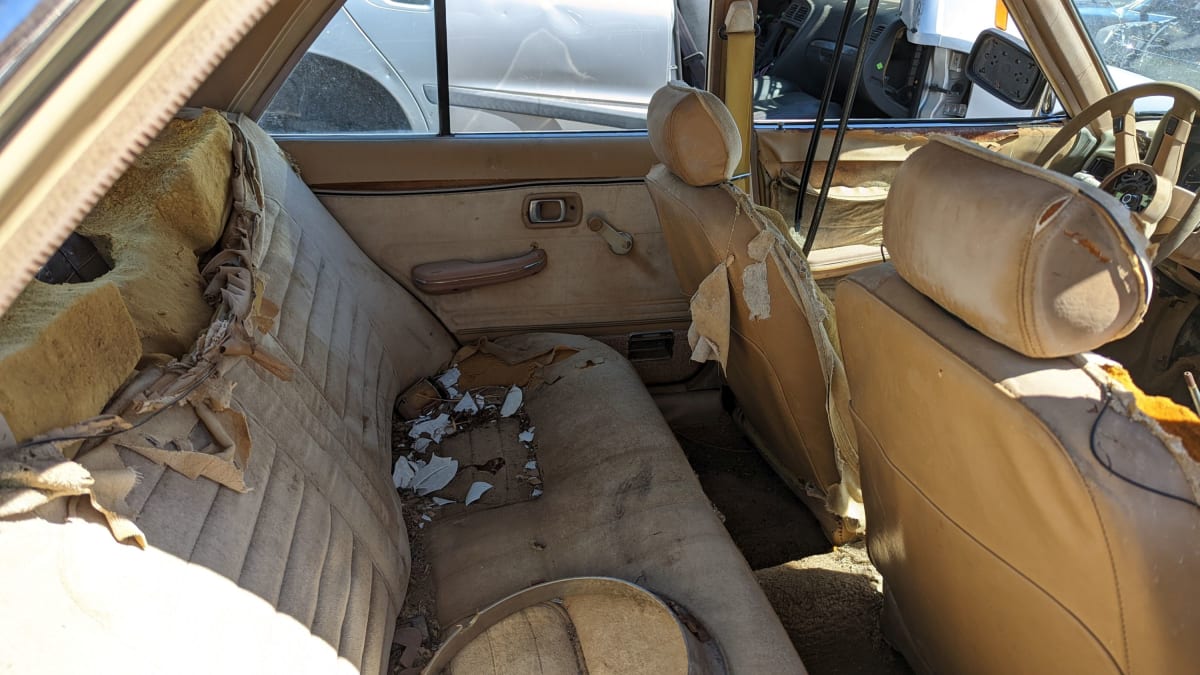
I think the 51,772 miles showing on this car’s odometer might be the true final mileage reading, because it takes many years for an interior to get this nuked.
As the world is getting bigger, so must Honda.
In its homeland, the Accord was considered a substantial luxury car. Starting with the 1982 model year, many US-market Accords would be built in Ohio.




